Bed bugs are a growing problem. Taking a few preventative steps can save you thousands in treatment costs and hours of stress and lost sleep.
Table of Contents
What follows are 4 steps you can take immediately to prevent serious infestations.
Prevent Bed Bugs In 4 Steps
- Protect your bed with encasements and interceptors.
- Be careful in areas with a high-risk of bed bugs.
- Check rooms and stay safe when traveling.
- Have a prevention plan to follow when returning home from travel.
Securing your bed is the first thing any preventer should do. Your bed is the one area you can control and protect completely.

We’ll also go over extra steps you can take to further defend your home in the next section.
Prevent Bed Bugs at Home
When it comes to protecting your home from the inside, your bed should be your first priority. Here are the next most useful preventative steps you can take at home.
Protect Your Bed
It only takes two tools to completely protect your bed: encasements and interceptors. These two things will make your life much easier if you ever face an infestation.
Encasements and interceptors can even stop bed bugs completely if installed ahead of time.
How To Protect Your Bed From Bed Bugs
- Physically move your bed away from walls and furniture. Your bed should not touch any of its surroundings.
- Ensure that only bedposts touch the floor. Use a short bed skirt, or don’t use one at all.
- Install encasements on your mattress and box spring. Pillow encasements are optional.
- Install bedpost interceptors. Bedposts are the only way left for bed bugs to reach you. Interceptors make that impossible.
- Check interceptors every week or two to see if they have caught anything.
Encasements make it easier to check for bed bugs while also keeping them out of their favorite place to hide – your bed.
Interceptors make it impossible for bed bugs to climb your bedposts. Bugs that try climbing up get trapped in the interceptor trap.
Traps also make it easy to take pictures of any bugs it might catch. This makes it easy to compare what you find with pictures online.
Once you have interceptors installed, checking for bed bugs is as easy as peeking inside of your trap.
This saves you from accidentally poking holes in your encasements.
Click any product name or picture to go to the corresponding review:
 |  |  |  | |
|---|---|---|---|---|
| AllerZip Smooth | SafeRest Premium | SureGuard | Sleep Defense | |
| Lab Tested | Yes | Yes | Yes | Yes |
| FDA Registered | Yes | Yes | No | No |
| Zipper | BugLock 3-part | Velcro, Micro-Zipper | Velcro, "Zipper Technology" | Velcro, Zip-tie |
| Material | Cotton, polyester terry fabric | Polyester knit fabric | Polyester knit fabric | Polyester knit fabric |
| Sleeping Surface | Cotton | Cotton Terry | Cotton Terry | Polyester knit fabric |
| Rating | 100 / 100 | 96 / 100 | 80 / 100 | 68 / 100 |
| Why Buy? | Best Overall | Great Value | Budget Comfort | Budget Friendly |
| Relative Cost | $$$ | $$ | $$ | $ |
| Full Review | View | View | View | View |
Click through to read more on each product. Box spring and pillow encasement reviews can be found on the encasement page.
Apply Preventative Bed Bug Powders
These days, many newly constructed homes are treated with amorphous silica during the construction process. By dusting the foundation, pests like termites and bed bugs can be prevented for up to 10 years with no additional work.
- Powders like amorphous silica prevent bed bugs for years with a single application.
- A single application of amorphous silica works for up to 10 years when left undisturbed.
- Wear a respirator whenever applying powders. A respirator prevents micro-abrasions inside your lungs and other medical complications.
Amorphous silica is affordable and easy to apply.
For more information on how and where to apply preventative powders, visit the page dedicated to them.
Keep Clutter In Check
There are benefits to keeping a clean home though.
Vacuum Regularly
Vacuuming helps by clearing out the nooks and crannies where bed bugs love to hide. Clean nooks and crannies are also easier to treat with preventative bed bug powders.
It’s important that you inject powders into tight spaces that’d otherwise be full of regular dust.
You’re going to want a vacuum with a good HEPA filter. Filters help keep tiny bed bugs and thetdir contaminated feces inside.
Seal Entry Points
How Do Bed Bugs Travel Between Units
- General wear
- Plumbing line routing between units
- Electrical routing between units
- Gas routing between units
- Cable routing between units
Holes between walls can create bed bug highways in multi-unit housing like apartments. Bed bugs will take refuge in next-door units when infestations get too big or when people try getting rid of them.
Using a little bit of caulk or sealing putty will stop this completely. Sealing those passages will help your neighbors and yourself.
Communicate With Neighbors
Communicating with neighbors gives you a chance to share news. Open communication is the only way to prevent serious infestations in multi-unit housing.
Questions to Ask Before Moving In
- Ask future neighbors about bed bugs before purchasing or renting a place. People are happy to share the problems they’ve had with management.
- Ask neighbors to let you know if they ever come across bed bugs. Offer to do the same for them.
- Share the importance of avoiding over-the-counter “solutions” like foggers and bug bombs. Bombs and foggers spread infestations and do not kill bed bugs.
- If an infestation comes about, tell management immediately. Costs of professional treatment can fall on the owner or tenant. It depends on your state or country.
- Have a plan to get rid of bed bugs in your own home.
Have A Plan Ready
Having a plan allows you to just start doing as soon as you find proof of an infestation. That allows you to avoid the worst part – sitting around, researching, and finally ordering the stuff you need to start treatment.
Encasements, interceptors, and a plan will help you stop infestations before they start
For an example of a preventative plan, see the last example here.
Be Careful in High Bed Bug Risk Areas
Whether you’re in a family guest room, hotel, hostel, or anywhere else you may spend the night, take the time to check for bed bugs.
You can find them in expensive hotels, boutique bed and breakfasts, and in cheap motels.

Being careful while traveling is the most reliable way to protect yourself from bed bugs. We’ll go over steps you can take to travel safely below.
Can I Avoid All Bed Bugs?
They are one of the most successful pests in the world and can be found in every single American state.
Common Ways to Get Bed Bugs
- A visitor brings them into your home.
- A stray bug hitches a ride on your clothes in the bus, train, plane, etc.
- A stray bug hitches a ride in your luggage during domestic or international travel.
- Bed bugs in a rented moving truck infest belongings during moving.
You can’t avoid all these situations in life.

The best way to avoid them is by knowing the signs to look for and taking steps to travel safely.
Take some time to also familiarize yourself with their biting patterns. Knowing what bed bug bites look and feel like can help you determine the source of mystery bites.
We host a gallery of pictures of bites on people to help you visually compare.
Pictures of bed bugs in different environments are useful as examples of what to look for.
Prevent Bed Bugs During Travel
Staying Safe During Travel
- Read reviews online and look for any mentions of bed bugs before booking.
- Inspect your room before unpacking. Look for the 5 signs of bed bugs. Focus on the bed and the furniture surrounding it.
- Always store luggage and clothing inside airtight bags away from the bed and off the floor.
- Treat your luggage with a heater as soon as you get home. More on this in the next section.
Bathtubs are a good place to store luggage. Bed bugs have a hard time climbing their smooth walls. A heavy garbage bag will do the job of keeping your clothes and luggage safe.
How to Check Rooms for Bed Bugs
Signs include red or brown colored stains, molted bed bug skins, rice grain sized eggs, and live bugs.
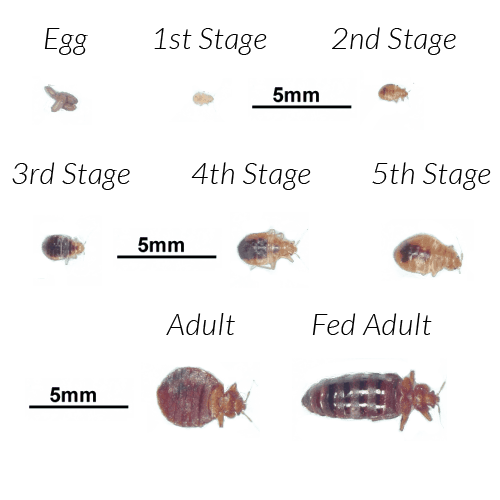 The fifth sign is bites. Bites won’t show up unless you have stayed at least one night.
The fifth sign is bites. Bites won’t show up unless you have stayed at least one night.
Where should you check for signs?
- Behind headboards
- Under mattress sheets
- Along and under mattress seams
- Along and under box springs
- Along any zippers
- Under couches, nightstands, love seats, etc.
- Inside closets
A flashlight will help you examine the dark narrow spaces that are a bed bug’s favorite hiding place.
If you do find any signs of bed bugs, let management know. Ask to be moved to a room several units away if you don’t want to change lodging completely. The symptoms page has more details on all the symptoms.
For real-life examples of bed bug signs and to see what a bed bug looks like, check out the gallery.
If you suspect that you have been exposed to bed bugs, steps should be taken to protect your home before you get back.
Following the steps in the next section will help you do exactly that.
Better safe than sorry applies to bed bugs. Be especially careful if you’ve read reviews mentioning bed bugs.
Travel Safe Printable
You can get this and several more helpful printables in the free ebook. It’s a condensed reference for everything you might want to know about bed bugs.
How to Avoid Bringing Bed Bugs Home
- Have a plan. Commit to cleaning your clothes and baggage as soon as you get home.
- Change into clean clothes and toss everything you wore directly into the washer or dryer after coming in the door.
- If you have a personal bed bug heater, toss your luggage in and let it run for a full cycle.
- If you do not have a personal heater, leave your luggage outdoors. Bring only your sealed bag of clothes in and treat them with a dryer. Run the dryer on high for a full cycle of 20-30+ minutes.
- Luggage not treated with heat should be left outdoors in direct sunlight for at least 7 days. Check thoroughly before bringing it back in.
Leaving luggage outside for a week is only a guideline. It gives eggs time to hatch and nymphs time to evacuate the hot luggage. Leaving luggage outside for longer never hurts.
A bed bug heater is a great investment if you want to keep prevent bed bugs – especially if you travel often.
Heaters are convenient and perfect for travelers. They treat all your stuff at once in a few hours.
Click any product name or picture to go to the corresponding review:
 |  |  |  |  | |
|---|---|---|---|---|---|
| ThermalStrike Ranger | ZappBug Heater | ZappBug Oven 2 | PackTite Closet | ZappBug Room | |
| Volume | 3.6 cubic feet | 13.6 cubic feet | 25.3 cubic feet | 25 cubic feet | 286 cubic feet |
| Heating Method | 6-sided Conductive | 1 Convective Air Heater | 2 Convective Air Heaters | 1 Convective Air Heater | 4 Convective Air Heaters |
| Cold Spots | None | Yes | Yes | None | Yes |
| Setup Time | Under 5 min | About 5 min | Under 10 min | Under 15 min | Under 20 min |
| Rating | 96 / 100 | 90 / 100 | 92 / 100 | 60 / 100 | 96 / 100 |
| Full Review | View | View | View | View | View |
Knowing that your luggage is bed-bug-free is worth the investment to many. A single cycle gets rid of any bugs that might be in your bag.
It’s a lot more convenient compared to the leave-it-in-the-sun approach.
The ThermalStrike Ranger was designed for travelers. Travelers love it because there is no setup required, it is compact, and it is effective.
It fits most suitcases and has the potential to save you thousands on professional treatment. Not to mention the bites and stress.
Of all the content on this page, I hope that you come away remembering to always check your room before settling in.
Armed with the knowledge of how to do that, you will be stopping the most common causes of infestations.
What should you do next? Learn how to get rid of bed bugs before an infestation happens. By learning now, you won’t be doing research when the bites start. The same is true of learning how to treat bed bug bites.
Understanding identification, prevention, and treatment, you will make you ready for anything.
Feel free to leave requests and feedback in the comments section.
References
https://debedbug.com/references/



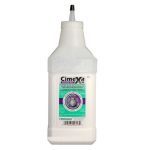



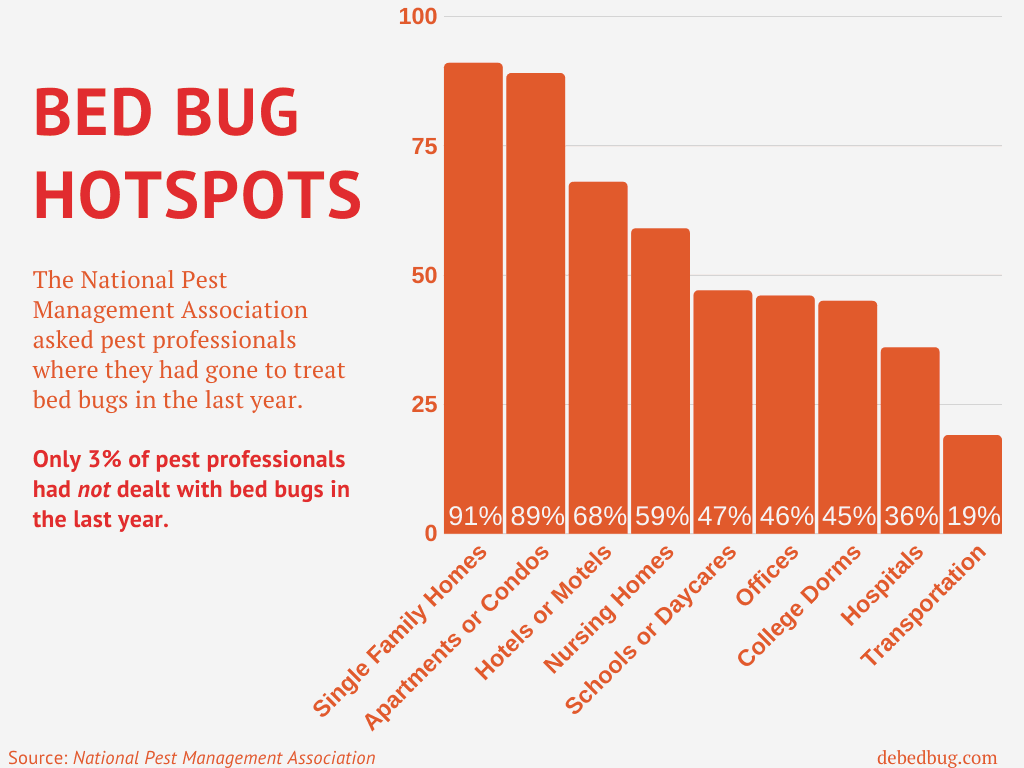

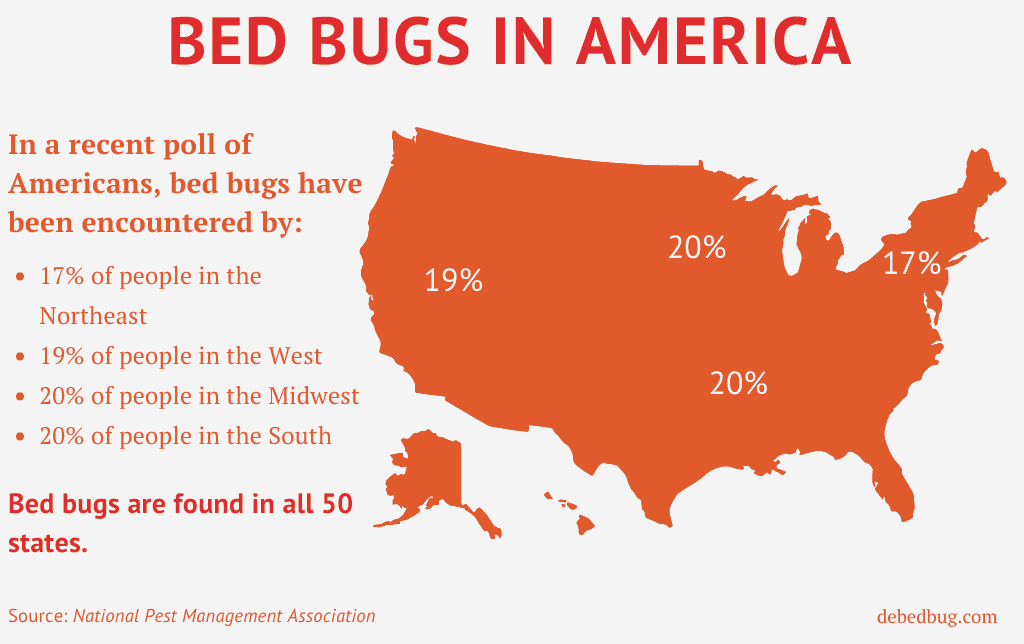
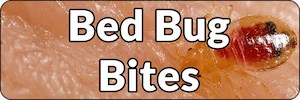

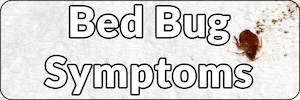
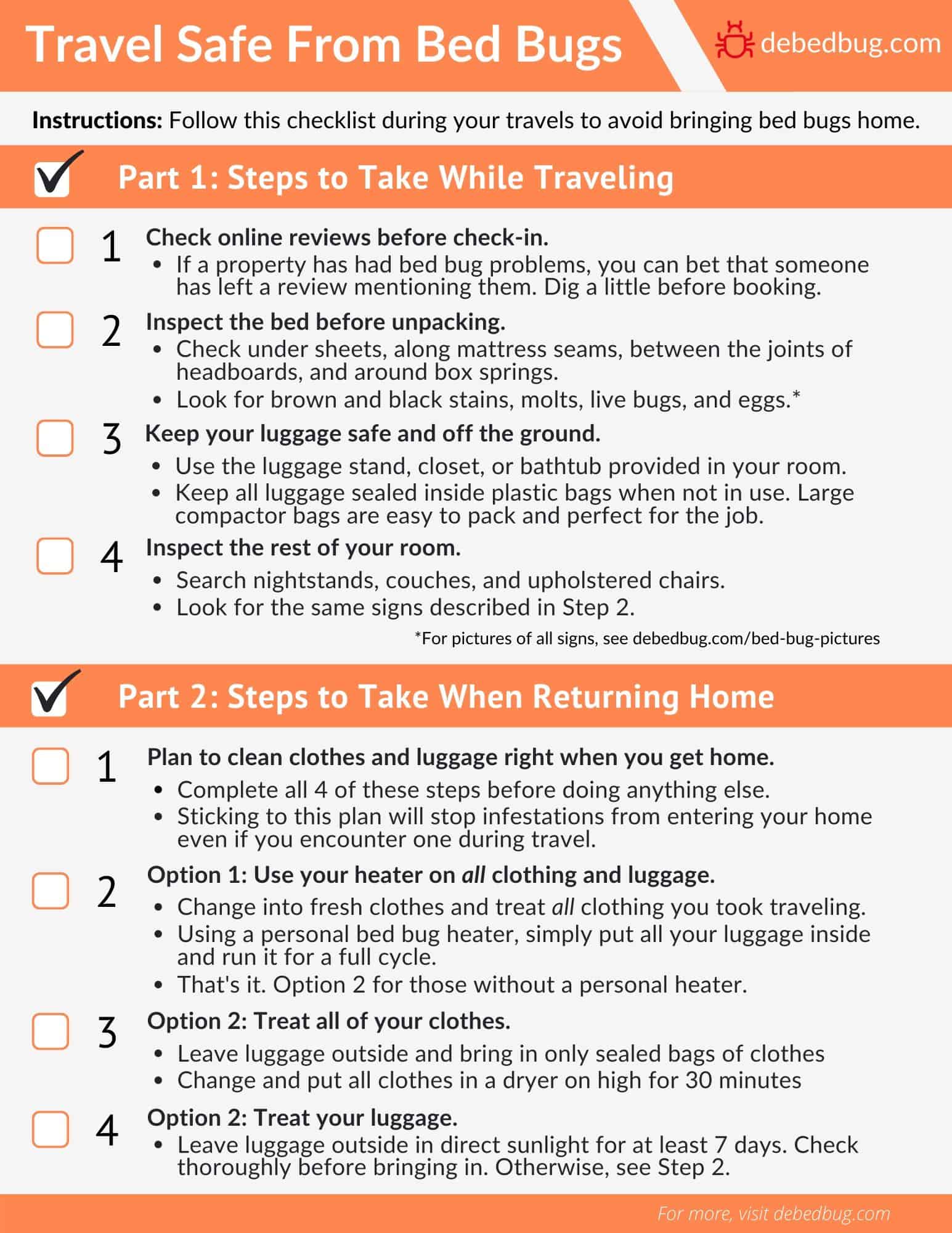


Leave a Reply